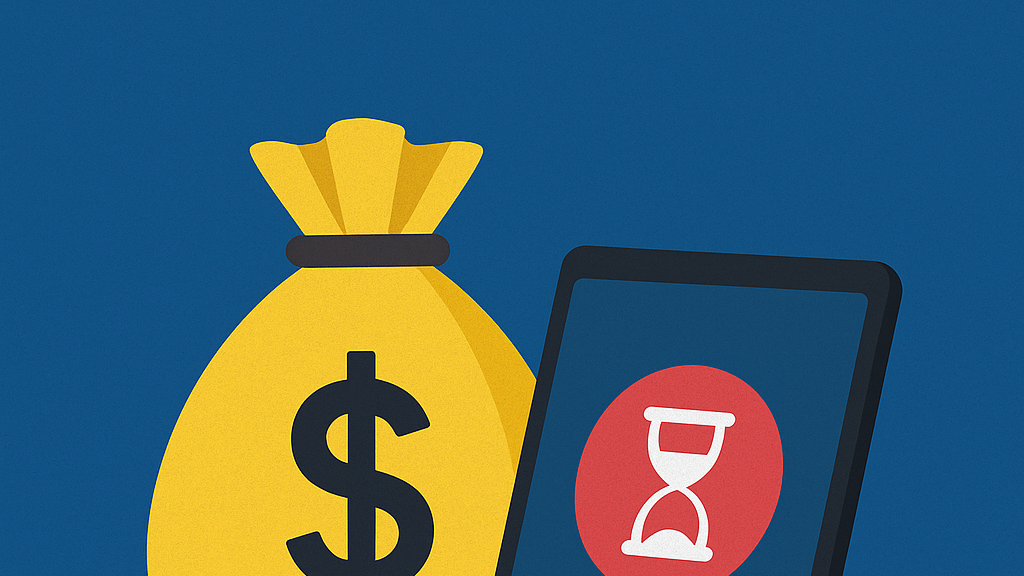The Real Cost of Downtime: Why Managed IT is Essential in 2025

In today's fast-paced business landscape, the cost of downtime has never been more critical. The impact of technology failures can vary significantly depending on the nature of one's business. Take Hogan Technology as an example. Our company relies almost entirely on cloud-based applications for voice and data, the necessity of uninterrupted internet access becomes glaringly apparent. Should there be any disruption that prevents the entry of tickets, taking calls, or invoicing, our business would be practically incapacitated.
Understanding the Cost of Downtime
Hard Costs
The hard cost of downtime encompasses the tangible losses that can be quantified directly. This includes:
- Loss of productive time
- Billing shortfalls
- Misallocation of resources
For businesses like Hogan Technology, every minute offline translates into a measurable revenue loss. The inability to process transactions, respond to customer inquiries, or maintain routine operations can swiftly erode the financial health of the company.
Soft Costs
Soft costs, while less visible, can have a profound impact on a company's long-term viability:
- Damage to reputation
- Diminished customer satisfaction
These costs represent the erosion of trust and goodwill. Customers expect reliability, and any interruption can lead to frustration, potentially driving them towards competitors. The reputational impact can be far-reaching, affecting future business opportunities and market position.
The Importance of Managed IT
Managed IT services have emerged as a critical component for business continuity. In essence, Managed IT is akin to insurance for IT services—providing a safety net when technology fails. The multifaceted advantages of Managed IT include:
Proactive Monitoring and Management
Managed IT providers constantly monitor and manage client environments. This proactive approach ensures that potential issues are identified and addressed before they escalate into significant problems. By stabilizing the technological infrastructure, Managed IT reduces the likelihood of downtime, thereby safeguarding the business's operational efficiency.
Rapid Response and Support
At times of critical need, Managed IT services are indispensable. When an outage or disruption occurs, the prompt escalation of response minimizes the duration of downtime. This rapid intervention is crucial for maintaining continuity and mitigating the hard and soft costs associated with technology failures.
Enhanced Security
In the face of increasing cyber threats, Managed IT plays a pivotal role in securing business environments. Regular updates, patches, and strategic security measures protect against vulnerabilities, ensuring that data and operations remain secure. This not only prevents downtime but also shields businesses from the potential fallout of security breaches.
Positive Impact on the Bottom Line
The ultimate goal of Managed IT is to stabilize the technological environment, reducing the amount of downtime and positively impacting the bottom line. By ensuring seamless operations, enhancing security, and providing rapid support, Managed IT helps businesses maintain their competitive edge, foster customer satisfaction, and drive revenue growth.
In conclusion, the cost of downtime in 2025 is substantial and multifaceted. Interdependence on technology has made Managed IT services indispensable for modern businesses. By proactively managing, securing, and supporting the technological infrastructure, Managed IT not only minimizes downtime but also ensures the continuity and efficiency of business operations. The real cost of downtime underscores the critical need for Managed IT, making it an essential investment for businesses striving to thrive in the digital era.
